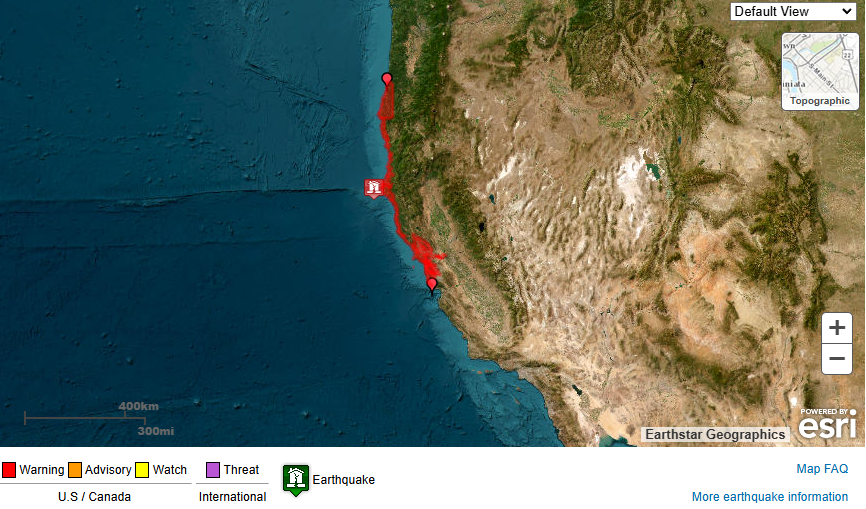True, the catastrophic climate change on Venus had nothing to do with mankind. “Nature can destroy an environment without any help from intelligent of life,” says Tyson. But that doesn’t mean we should give it an assist in the wrong direction.
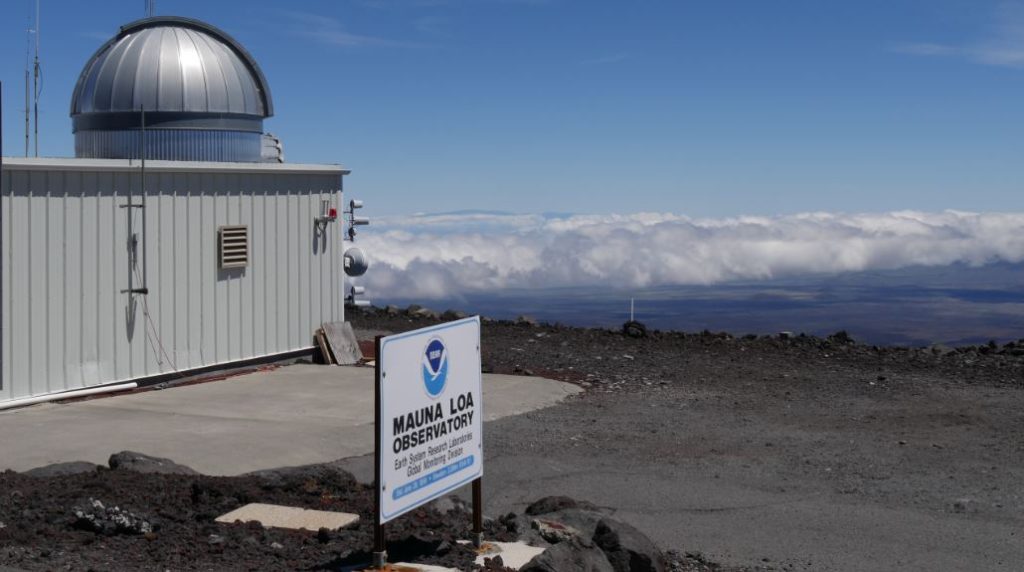
In a year marked by extremes, the pace at which carbon dioxide is accumulating in Earth’s atmosphere has reached unprecedented levels, raising concerns among scientists about the trajectory of our planet’s climate. Recent findings from NOAA and the Scripps Institution of Oceanography indicate that carbon dioxide levels measured at NOAA’s Mauna Loa Atmospheric Baseline Observatory have surged to alarming heights. The May peak of just under 427 parts per million marks a significant increase of 2.9 ppm over the previous year, making it the fifth-largest annual growth recorded in NOAA’s 50-year history. This surge, combined with the increase observed in 2023, represents the largest two-year jump in CO2 levels on record.
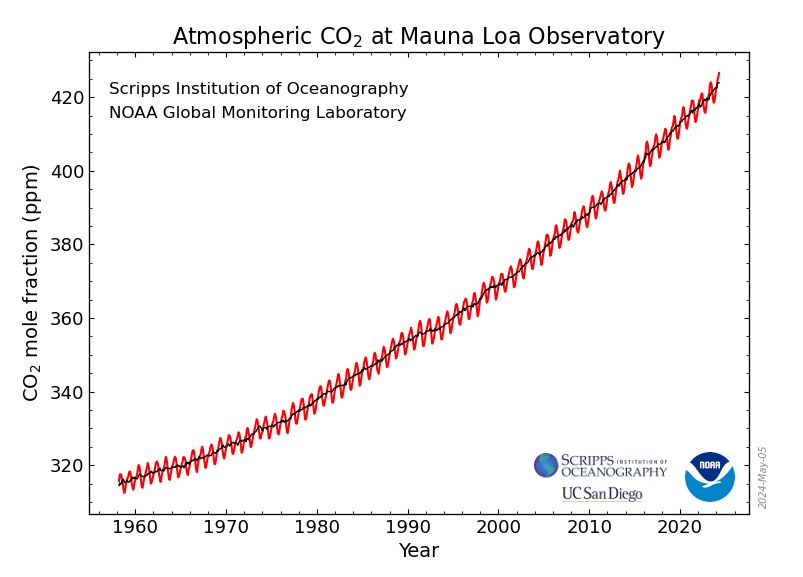
The data, analyzed independently by Scripps, underscores the urgency of the situation, with a May monthly average of 426.7 ppm in 2024, showing a notable increase from the previous year. This trend mirrors the acceleration observed in the first four months of the year, surpassing the rates seen in any other year. These concerning developments occur against the backdrop of a plateau in fossil fuel emissions, as indicated by a prominent international report.
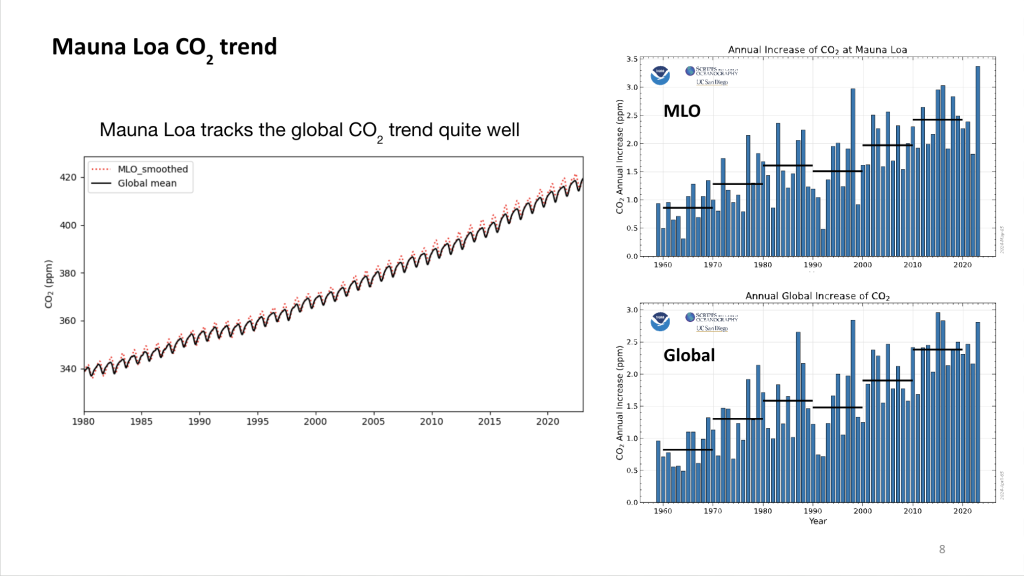
NOAA Administrator Rick Spinrad emphasizes the urgency of addressing carbon dioxide pollution, citing a litany of climate-related disasters experienced in recent years. The unprecedented rate of CO2 increase, coupled with record-breaking temperatures and extreme weather events, underscores the need for swift action to curb fossil fuel usage.

Ralph Keeling, director of the Scripps CO2 program, warns that not only are CO2 levels at their highest in millions of years, but they are also rising at an unprecedented pace. This relentless increase is attributed to the continuous burning of fossil fuels, which releases carbon dioxide into the atmosphere, effectively trapping heat like a thick blanket.
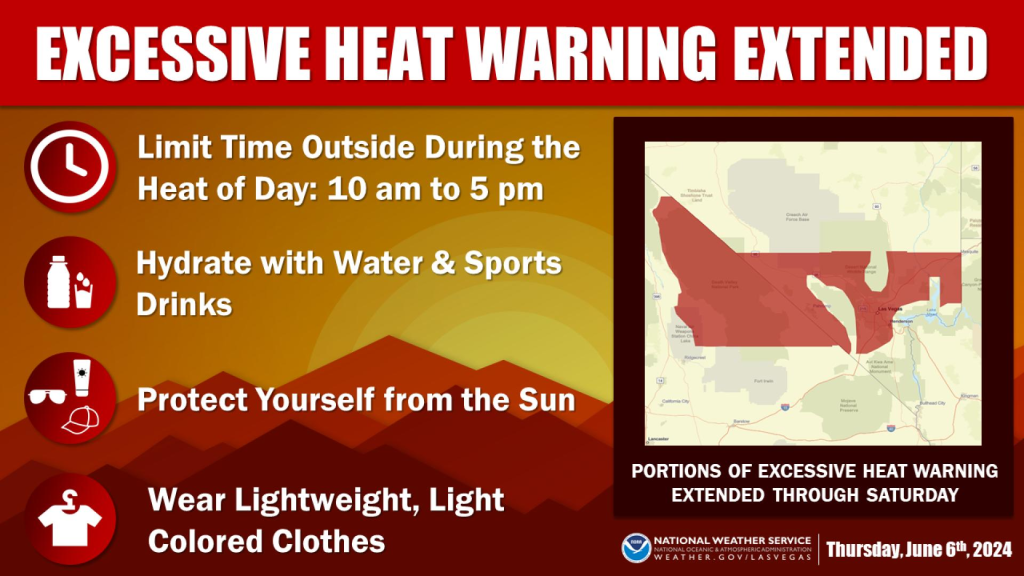
The consequences of rising CO2 levels extend beyond temperature increases, fueling extreme weather events and disrupting ecosystems. The ocean, a crucial carbon sink, is absorbing a significant portion of the excess CO2, leading to acidification and threatening marine life.
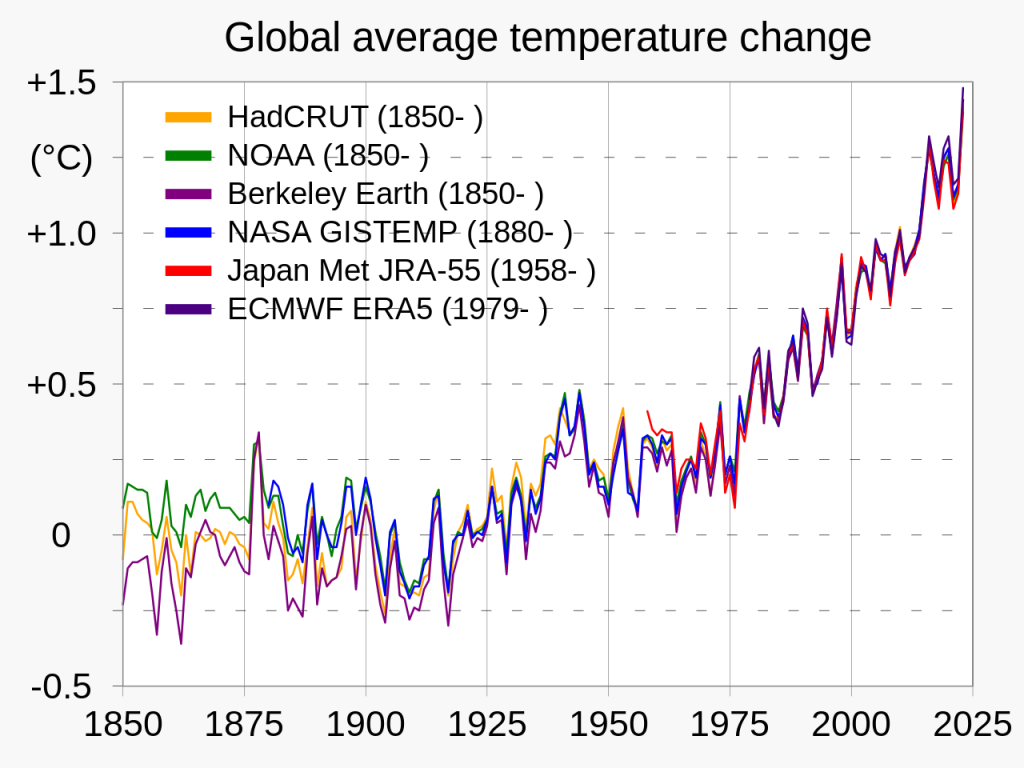
Despite challenges posed by natural phenomena like El Niño, which limit the Earth’s ability to absorb CO2, scientists remain steadfast in their commitment to monitoring and understanding these changes. The partnership between NOAA and Scripps, dating back over half a century, provides invaluable data for tracking long-term trends in atmospheric CO2 levels.
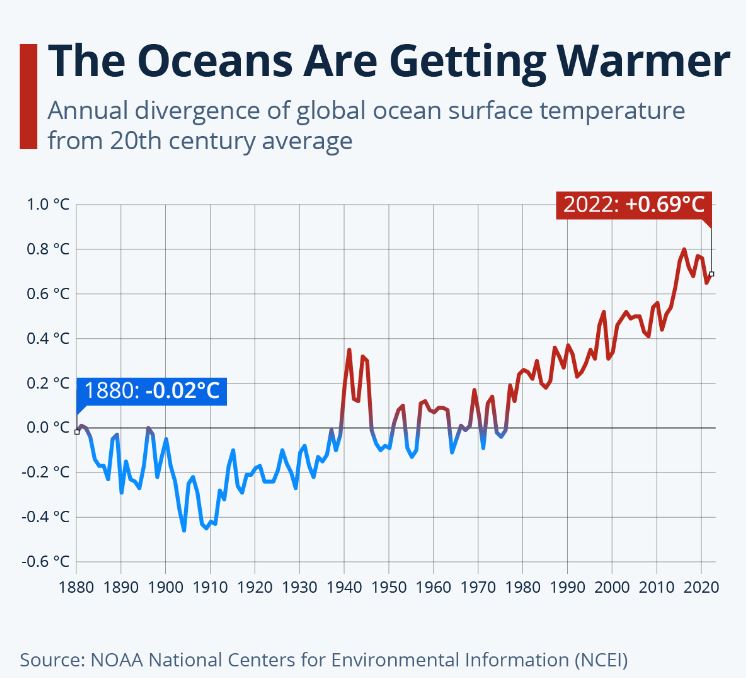
While the Mauna Loa Observatory serves as a vital benchmark for climate monitoring, NOAA’s global sampling network offers a broader perspective, capturing variations in CO2 levels across the globe.
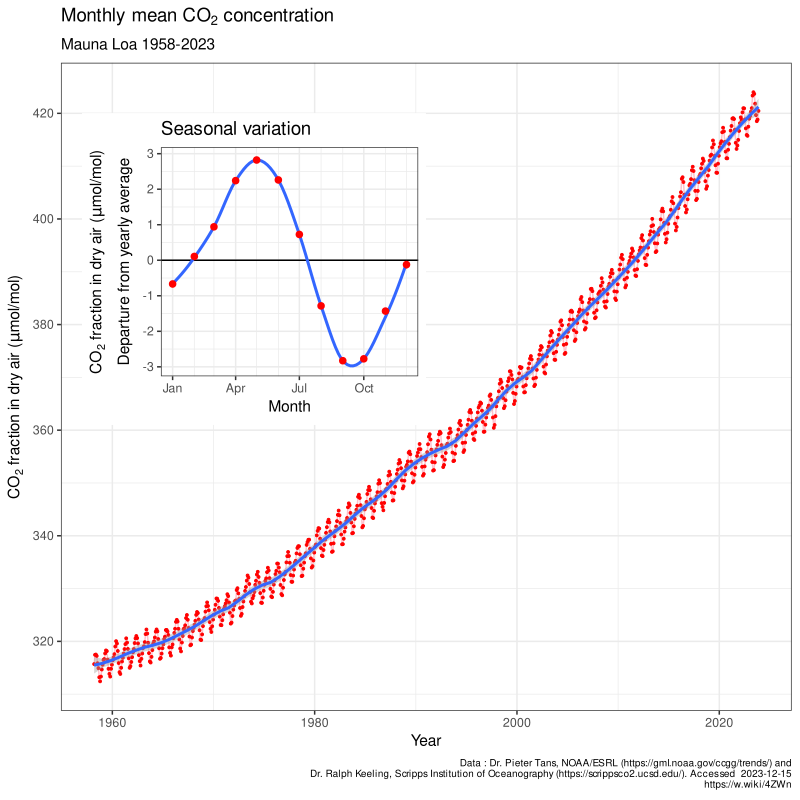
This comprehensive dataset is indispensable for both climate scientists and policymakers striving to address the root causes and mitigate the impacts of climate change.

As Earth’s atmosphere approaches unprecedented levels of carbon dioxide, reminiscent of conditions unseen in human history, urgent action is imperative to avoid a trajectory that leads to a Venus-like scenario, where a thick, carbon-rich atmosphere traps heat and renders the planet inhospitable.




